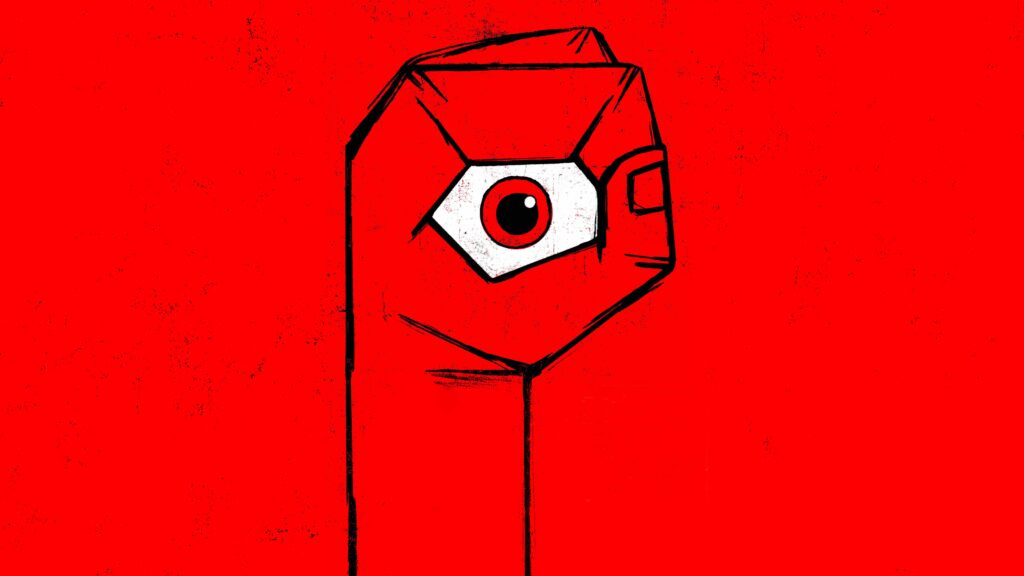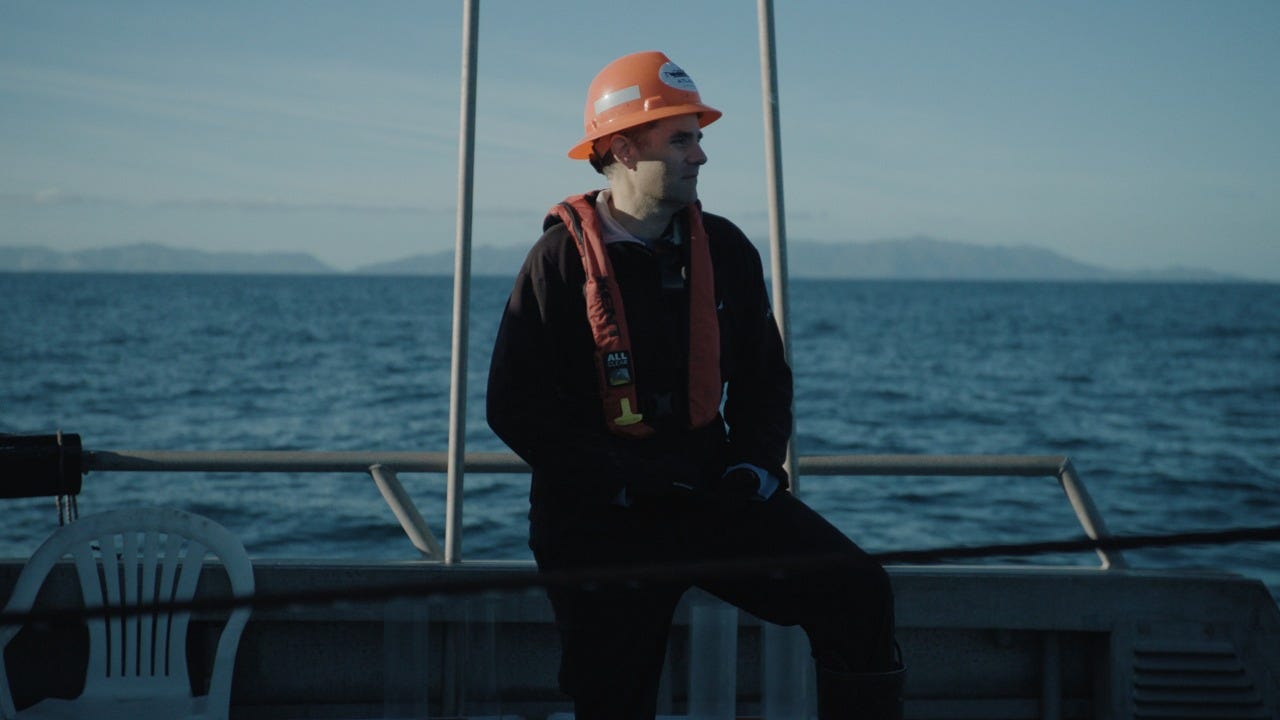Slamdance 2025 Part One
Some thoughts Slamdance's opening night selection Out of Plain Sight and the festival's major changes for its 31st edition
The 31st edition of the Slamdance Film Festival takes place in Los Angeles, California between February 20 and 26, 2025. The festival lineup will also be available to view virtually from February 24 to March 7 at https://www.slamdancechannel.com. You can buy a virtual pass for Slamdance over at the festival’s official website.
It was bound to happen at some point. The founding of Slamdance in 1995 was due to, among other things, Sundance. As the festival’s own timeline puts it, a “wild bunch of filmmakers” didn’t get their films into Sundance, so they created their own opportunity to screen their works along with other independent artists. The idea of a parallel festival in Park City, Utah made sense. It provided the chance to piggyback off of the small, intimate setting where people in the film industry gathered every January to get one’s name and work exposed. Back in the mid-90s, well before digital screenings became commonplace, a producer or buyer could easily hop from one festival to another if they wanted to check a film out.
Times have obviously changed since then. Sundance, now a larger institution for “independent filmmaking” in the US, has become too big for Park City, so it plans to move to a new location in 2027. That left Slamdance in a position where it had to make a choice. There would be no point staying in Park City once Sundance leaves, but at the same time a three decade long run meant Slamdance spent plenty of time existing in the shadow of Sundance. With these changes came the time for Slamdance to finally step out on its own.
This year, Slamdance kicks off its first edition in its new home of Los Angeles, just under a month after Sundance 2025’s start date. The move to the film industry’s capital city makes logical sense as a continuation of the festival’s convenient proximity. It’s a festival for and by independent filmmakers that can now operate in a more fully independent capacity than before. Whether or not it can exist entirely on its own remains to be seen.
My own history with Slamdance goes back almost a decade now, and my thoughts from 2023 haven’t really changed since then. It’s one of the more inviting and supportive festivals I’ve experienced, and I’ve seen plenty of highlights over the years to keep me coming back. It’s also nice to get to know filmmakers, with many of them doing their own publicity/promotion. And with Sundance as a more high profile and industry friendly event, Slamdance offers a more interesting mixed bag of independent films.
To keep things short in this first part of my coverage, below are my thoughts on Out of Plain Sight, the festival’s opening night film. Expect more coverage this week, both here and elsewhere, and remember that the festival lineup is accessible via a virtual pass that also comes with an annual membership for the festival’s online channel. Slamdance’s ongoing commitment to accessibility is admirable, especially compared to the other festivals that abandoned virtual components as quickly as they adopted them. And for a price that’s lower than two of Sundance’s virtual tickets, it’s an all around good deal.
Out of Plain Sight (dirs. Daniel Straub & Rosanna Xia)
Out of Plain Sight makes sense as this year’s opening night feature for Slamdance. Given the devastation of the recent wildfires in Los Angeles, the environment is on everyone’s mind, so why not kick things off with an environmental issues documentary produced by the LA Times?
Maybe that’s a cynical way of summarizing things, but issues docs like Out of Plain Sight inspire a lot of cynicism. The documentary starts with a discovery made several years ago by scientist David Valentine: toxic barrels at the bottom of the ocean off the coast of Southern California. Co-director and LA Times reporter Rosanna Xia published the horrifying results of an investigation into the toxic waste in 2020, where they estimated over half a million barrels had been dumped between 1947 and 1982 containing the “forever chemical” DDT. The belief at the time was that the ocean would dilute its toxicity. The reality is irreversible ecological damage likely to persist for generations to come.
Xia and co-director Daniel Straub opt for a structure that operates like a conventional thriller, starting small before pulling back the curtain to reveal the extent of environmental destruction. It’s a slick package delivered shoddily through a series of staged conversations between Xia and her subjects. Filmed in shot reverse shot, the wooden acting makes these scenes come across as separate talking head interviews poorly stitched together, made worse by Xia’s feigned shock at “revelations” she’s thoroughly researched before filming.
I kept wondering why Straub and Xia needed to package this subject into a conventional narrative. Of course, the answer will be that idea of broad appeal, that the public needs some sort of hook to spend their time with a subject as harrowing as this (“it’s like a conspiracy thriller but it’s real!”). I wish more documentarians considered the implications of this practice. While documentaries are inherently an act of reduction for complex topics, be it personal, political, and otherwise, more care should be taken when that reduction worships at the altar of narrative filmmaking. There’s an act of translation going on here, where a genuine crisis that demands a radical response gets expressed in a visual language commonly associated with self-contained escapism.
Narratives have their use and purpose, and that’s not to say a documentary can’t effectively use those tools. But like every tool, how they’re used depends on the people wielding them. Out of Plain Sight strives to emulate a product for consumption, without any efforts to interrogate how that contradicts the urgency it wants to shine a light on. That’s made most apparent in its appalling conclusion, where it uses footage of a rescued sea lion returning to the ocean while one of the film’s subjects talks about moving forward. It’s an attempt to tie some sort of positive bow on everything, and another example of the film’s need to adhere to conventions that it cannot come close to adequately communicating.




